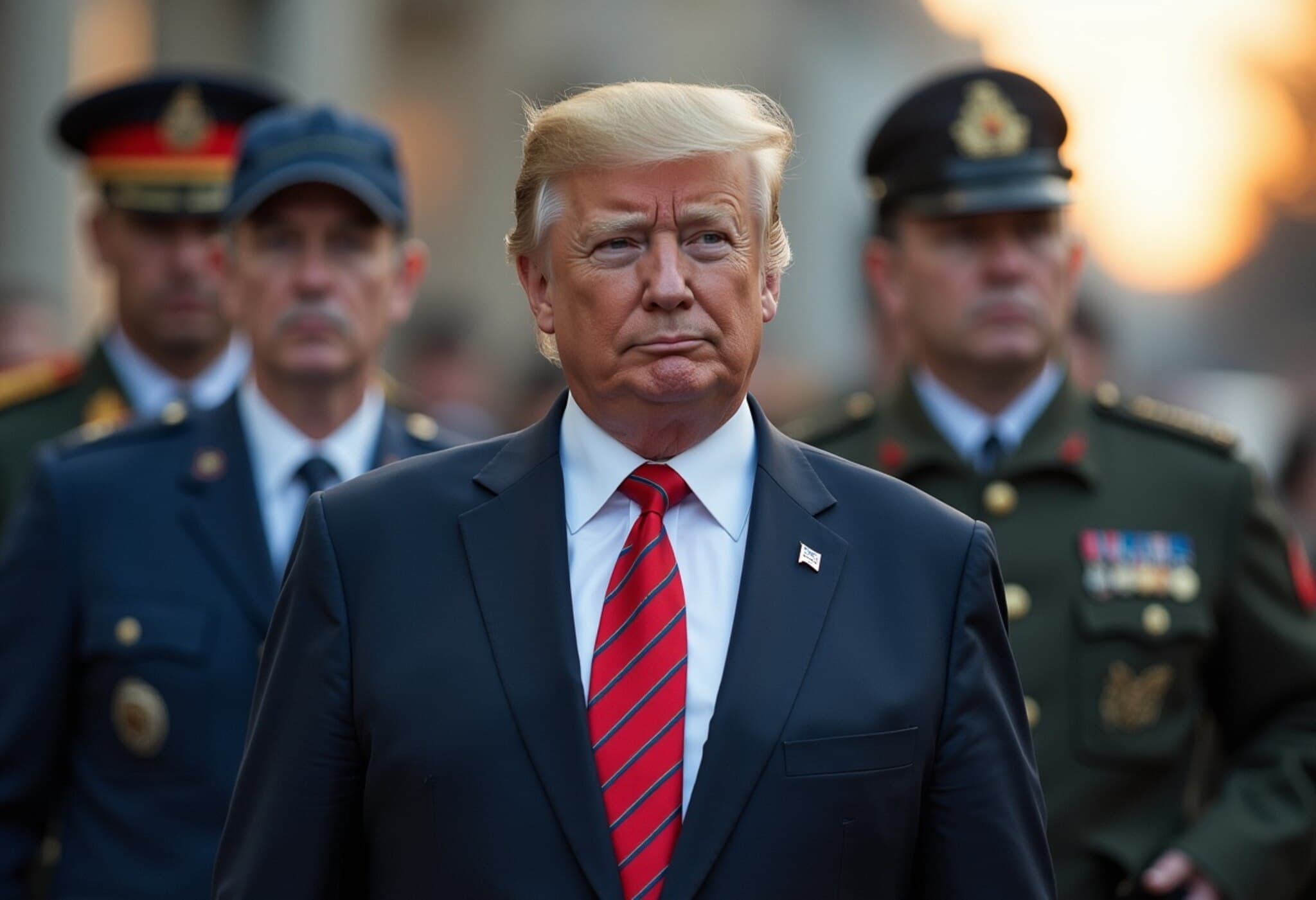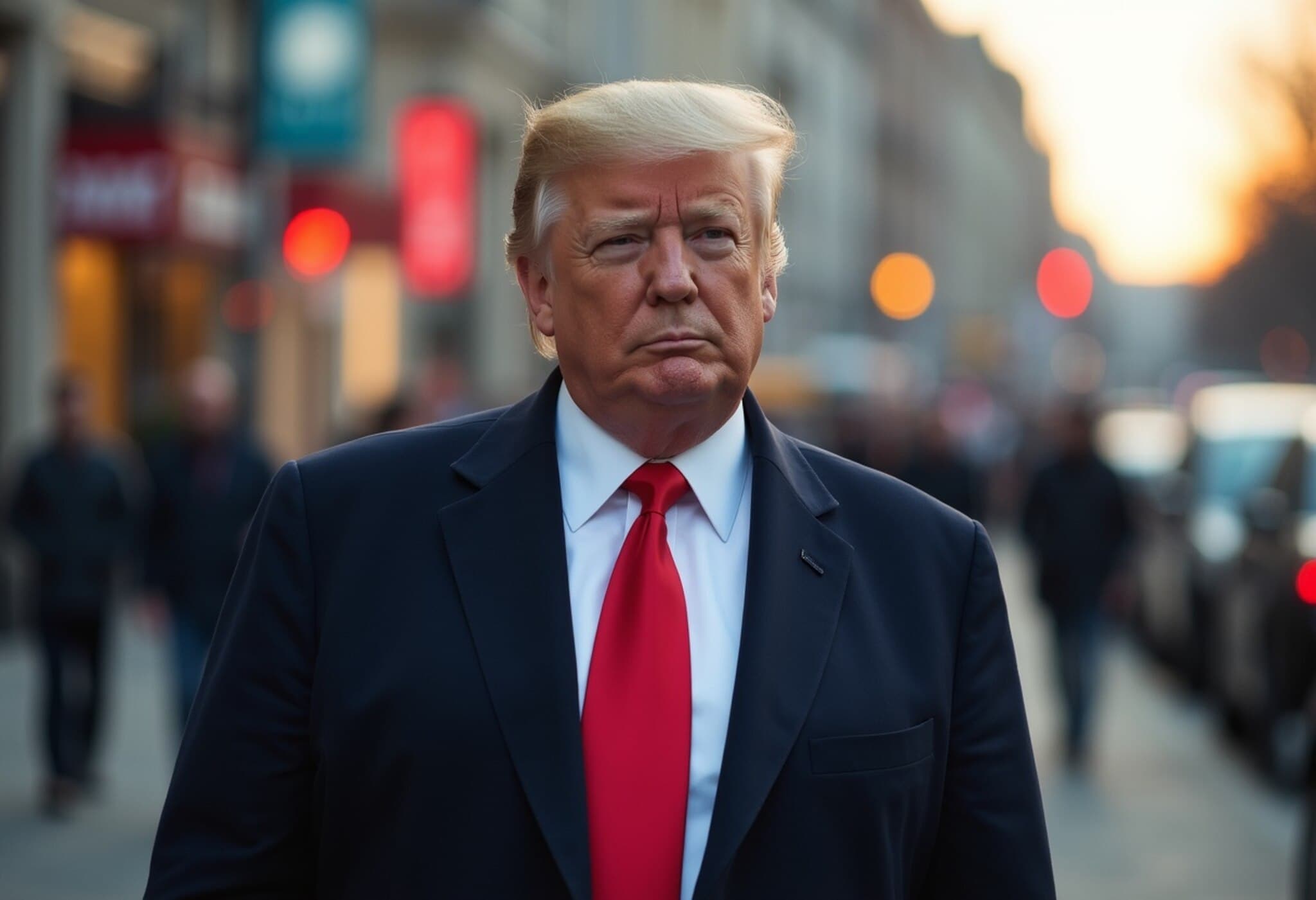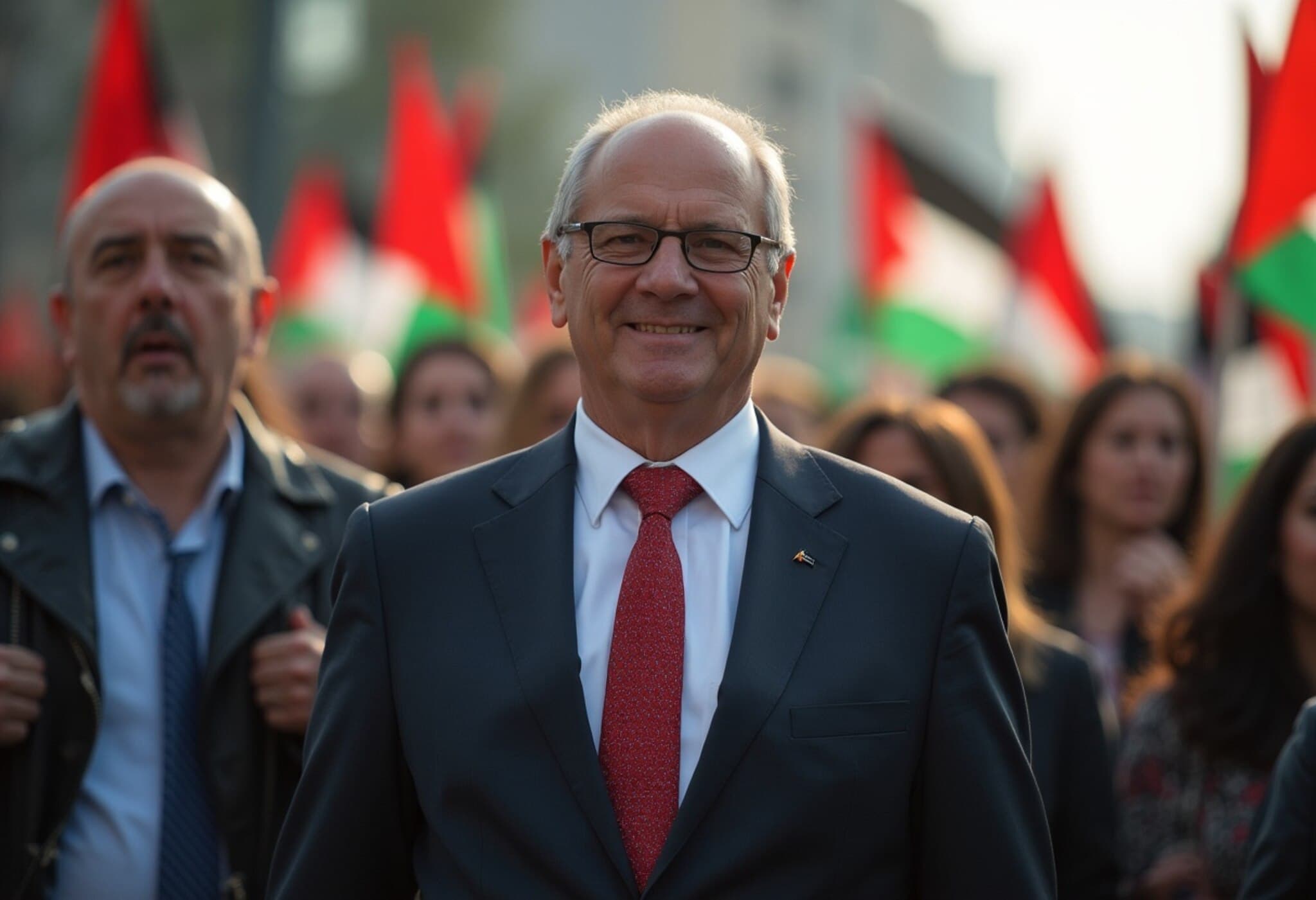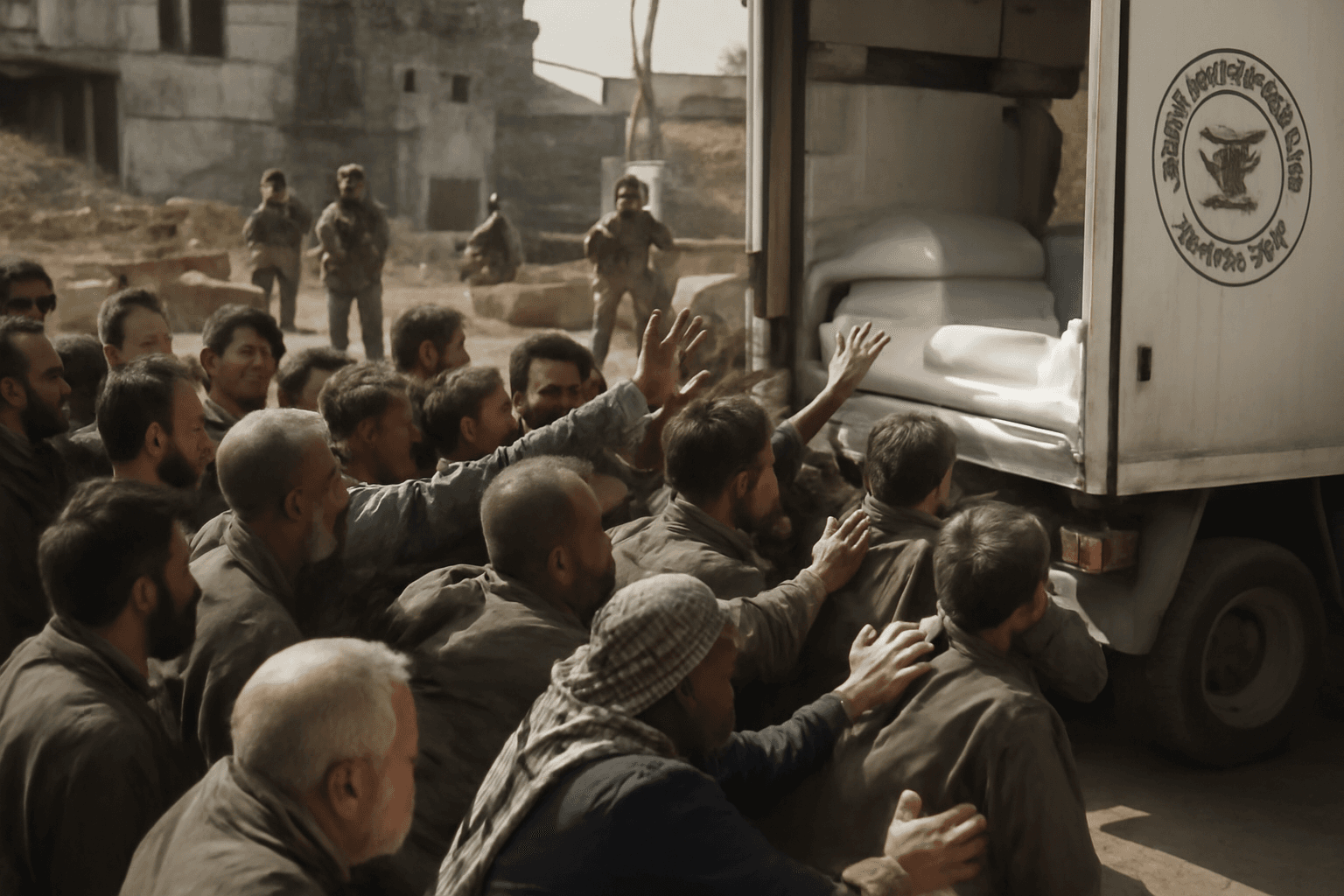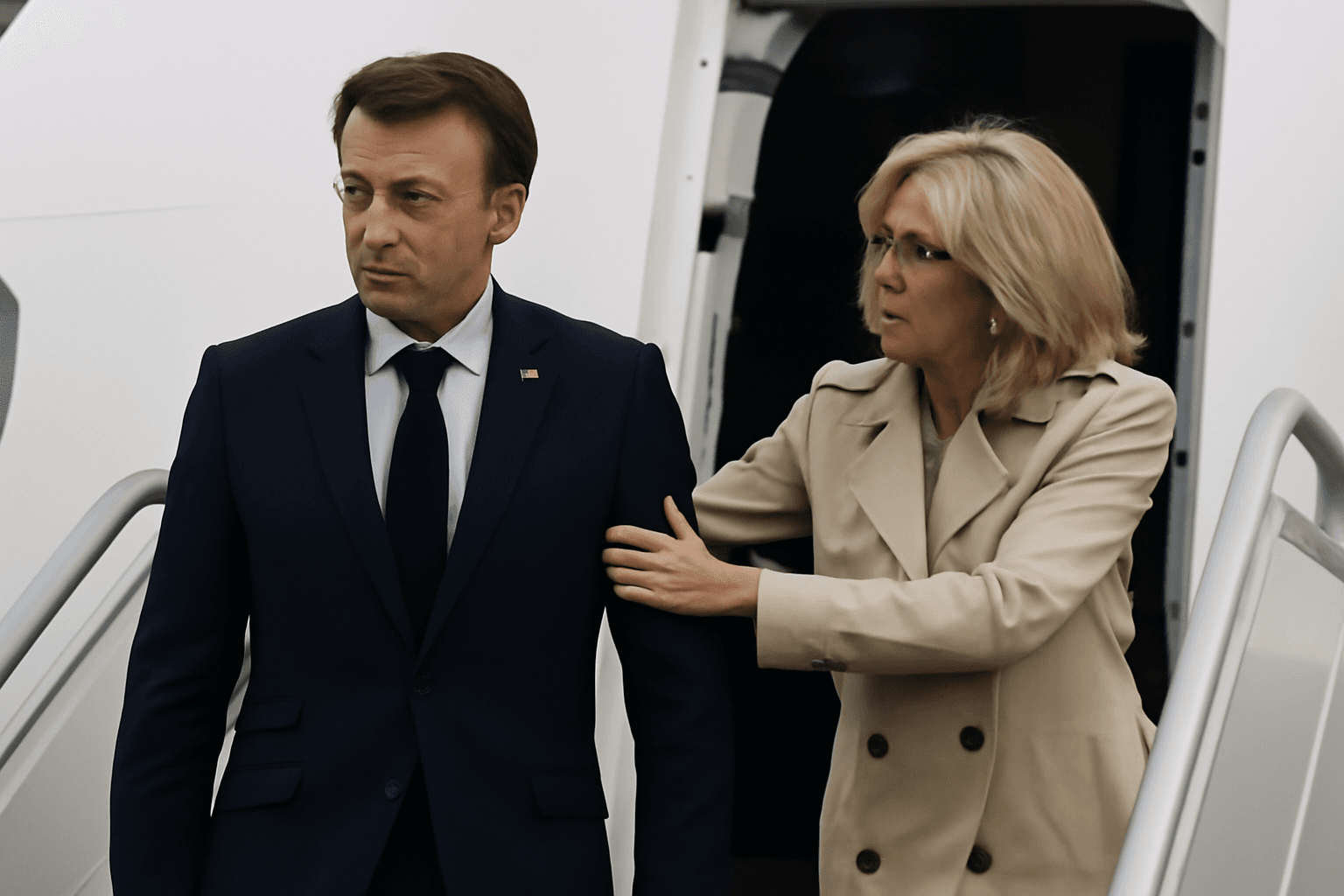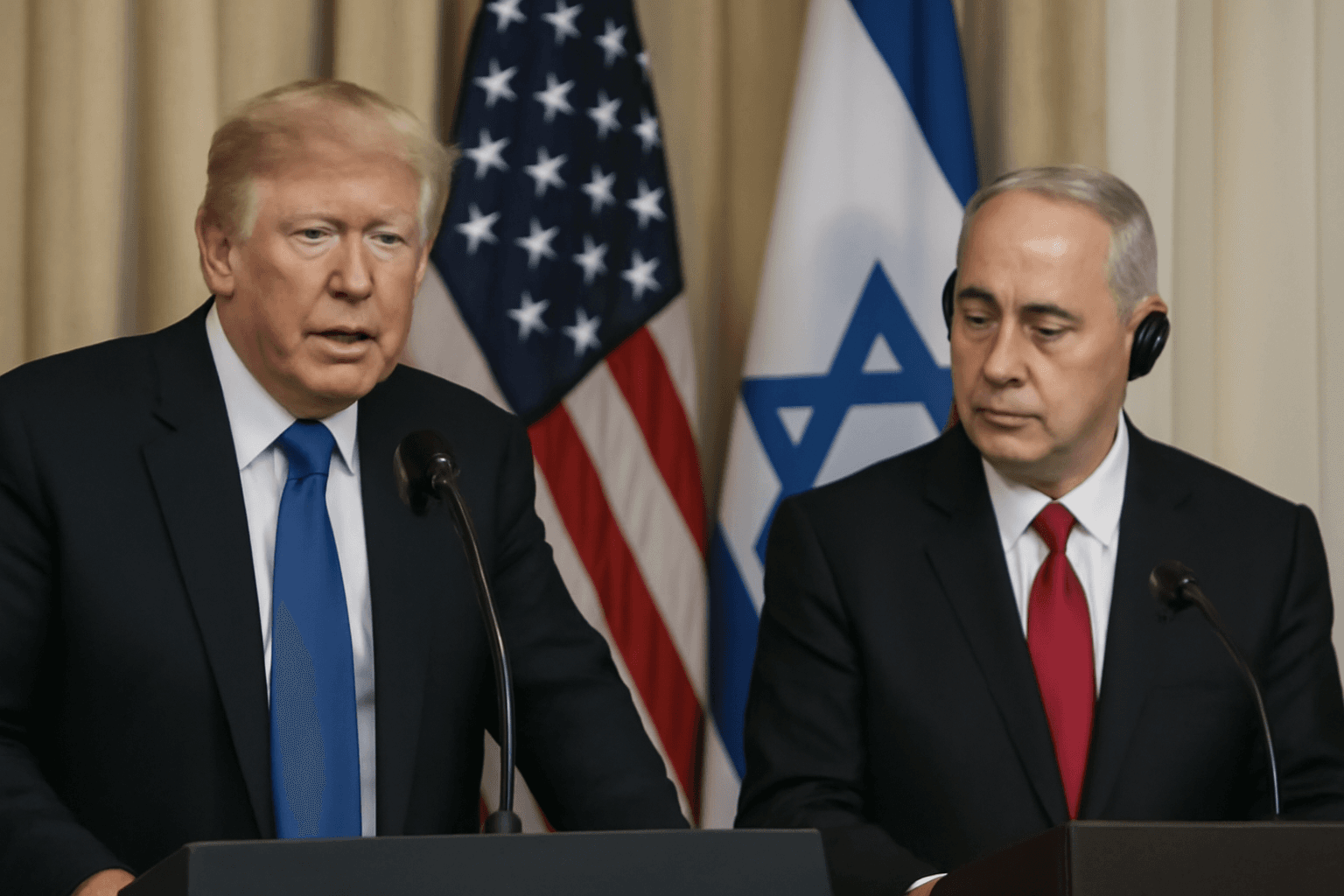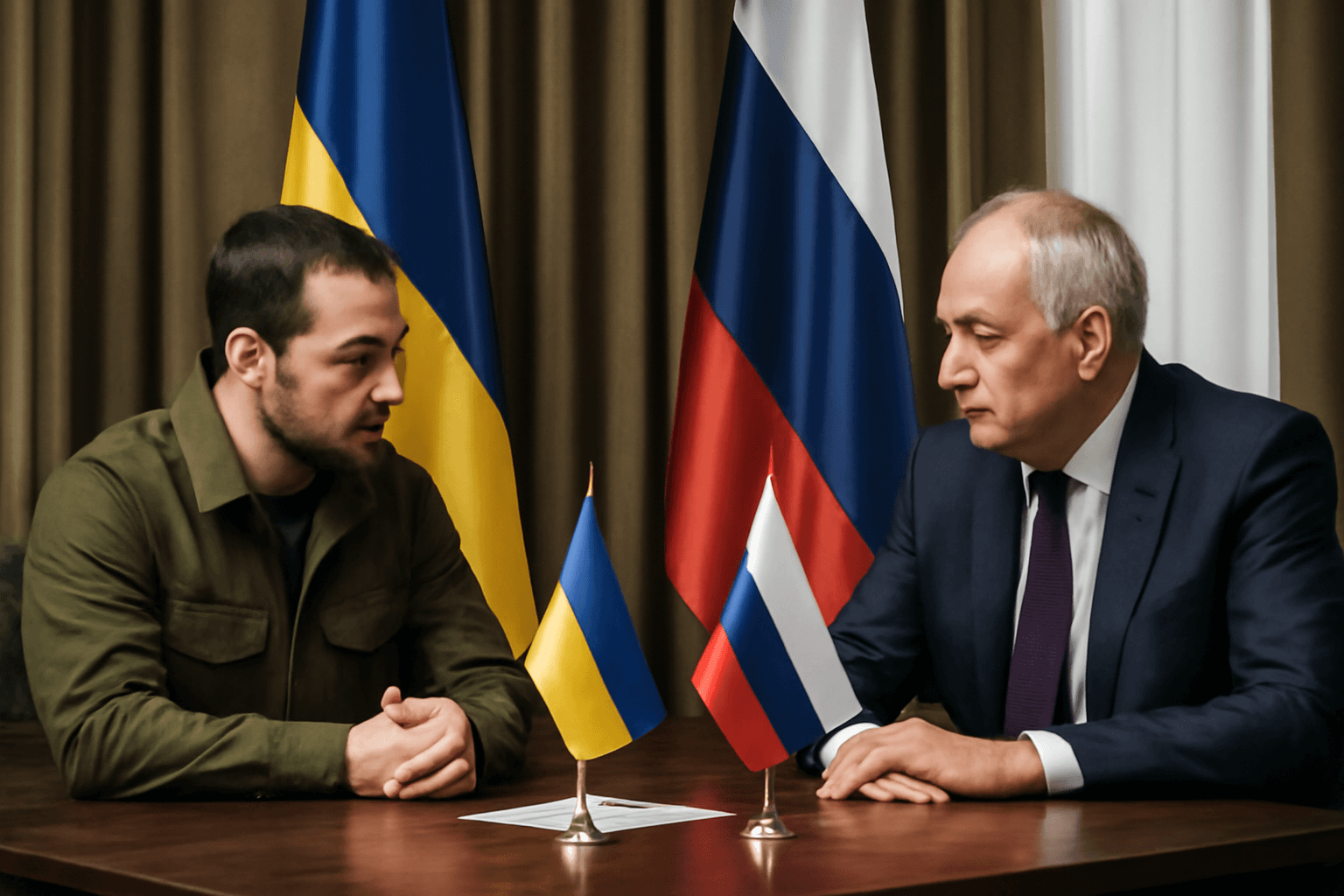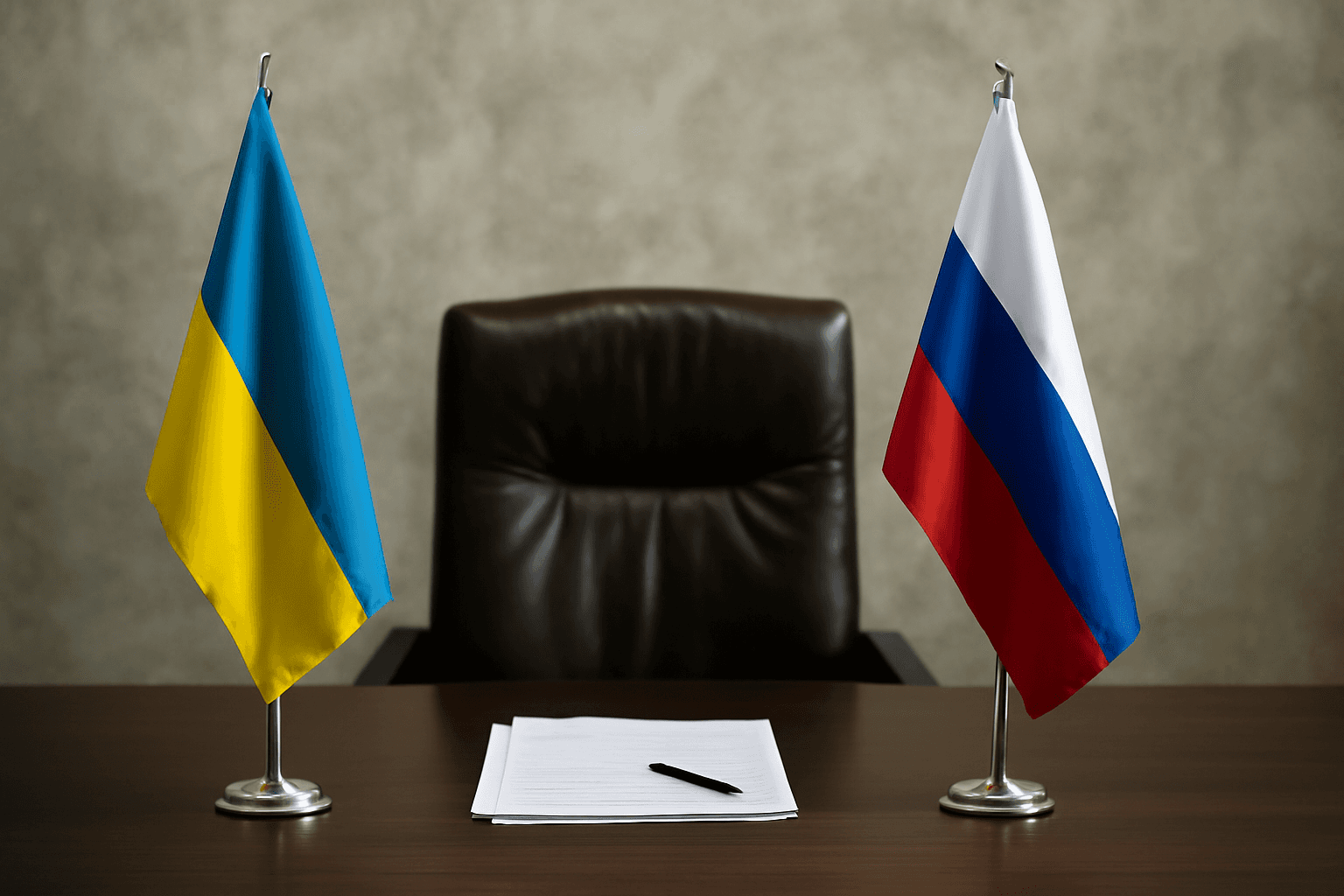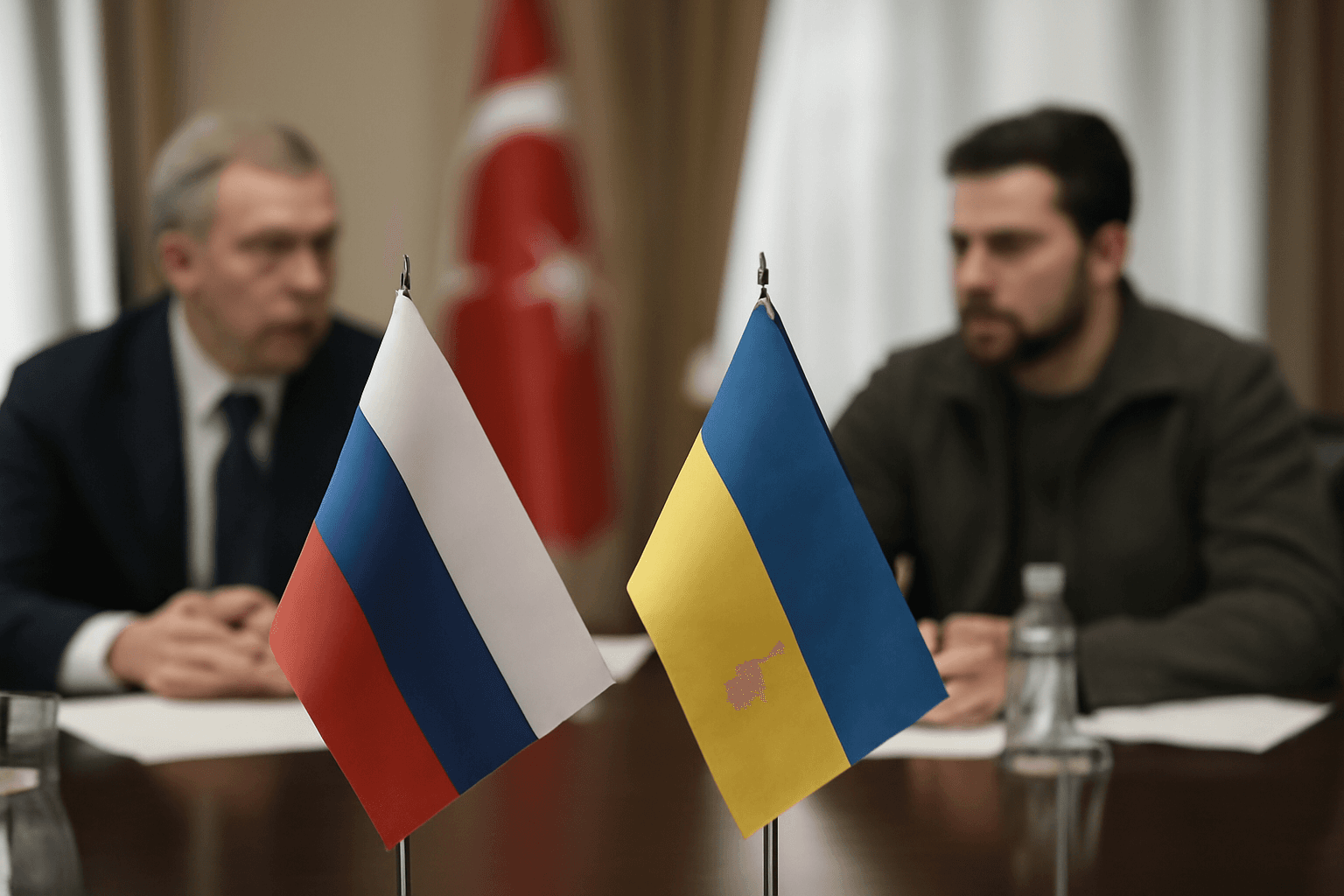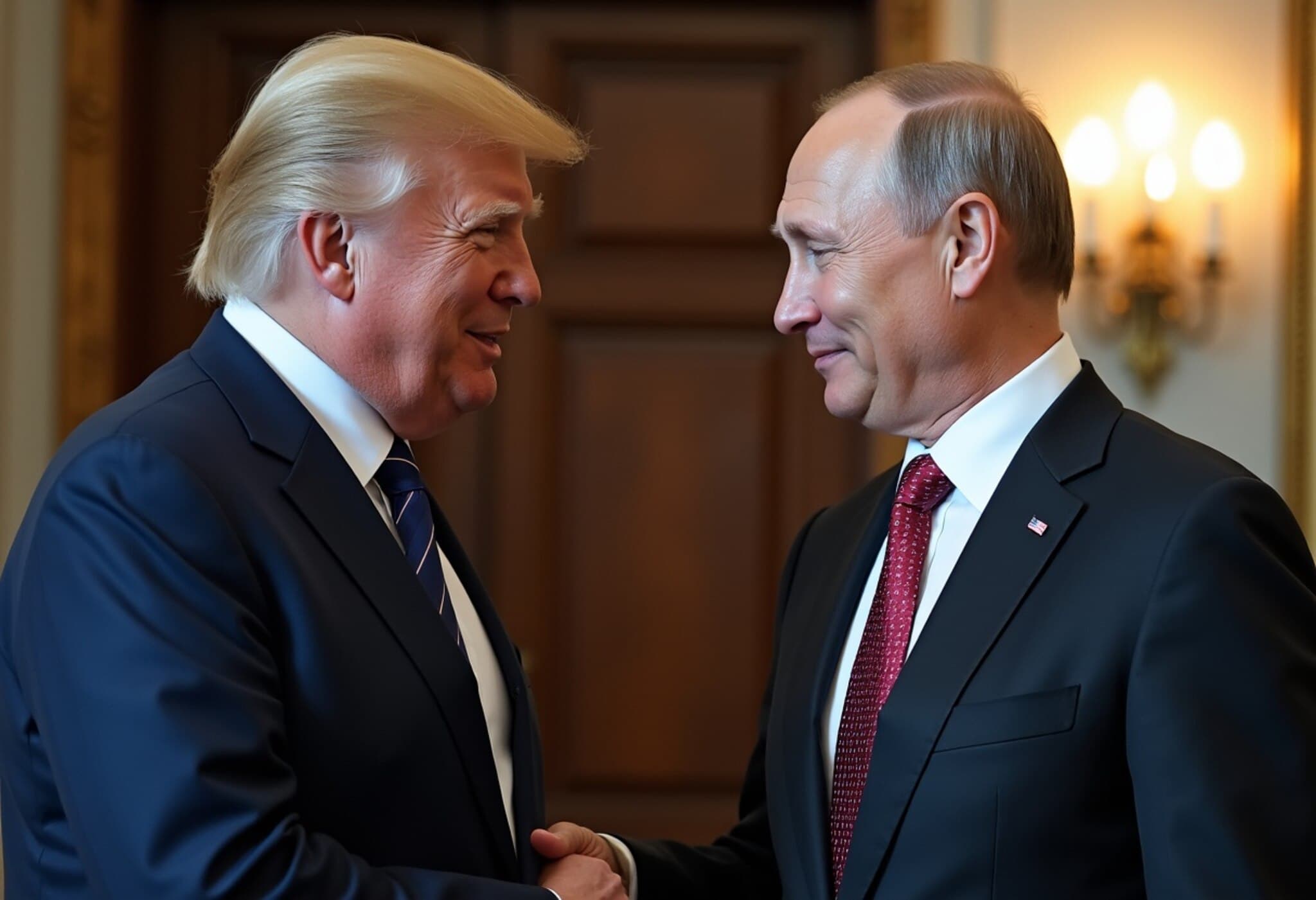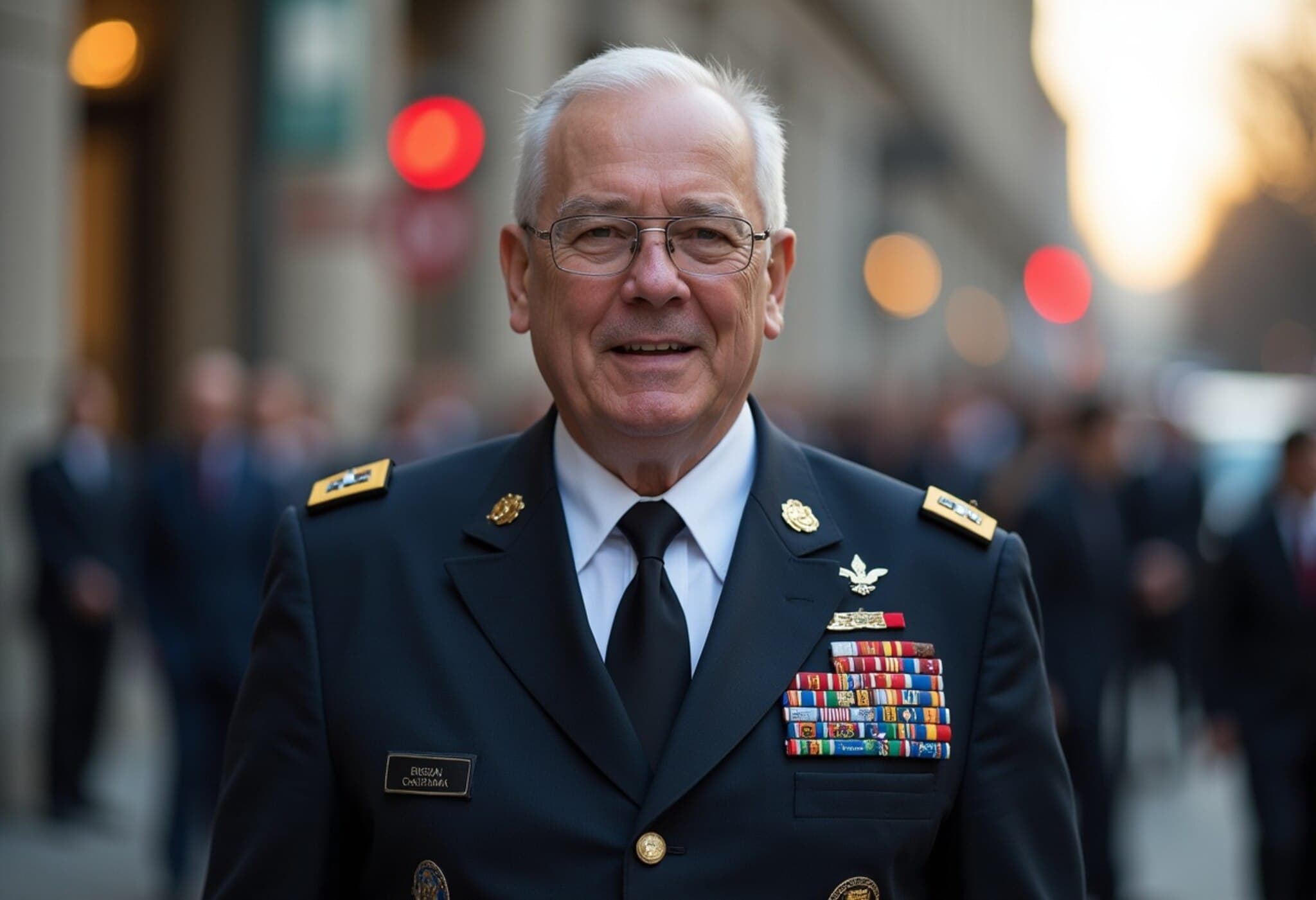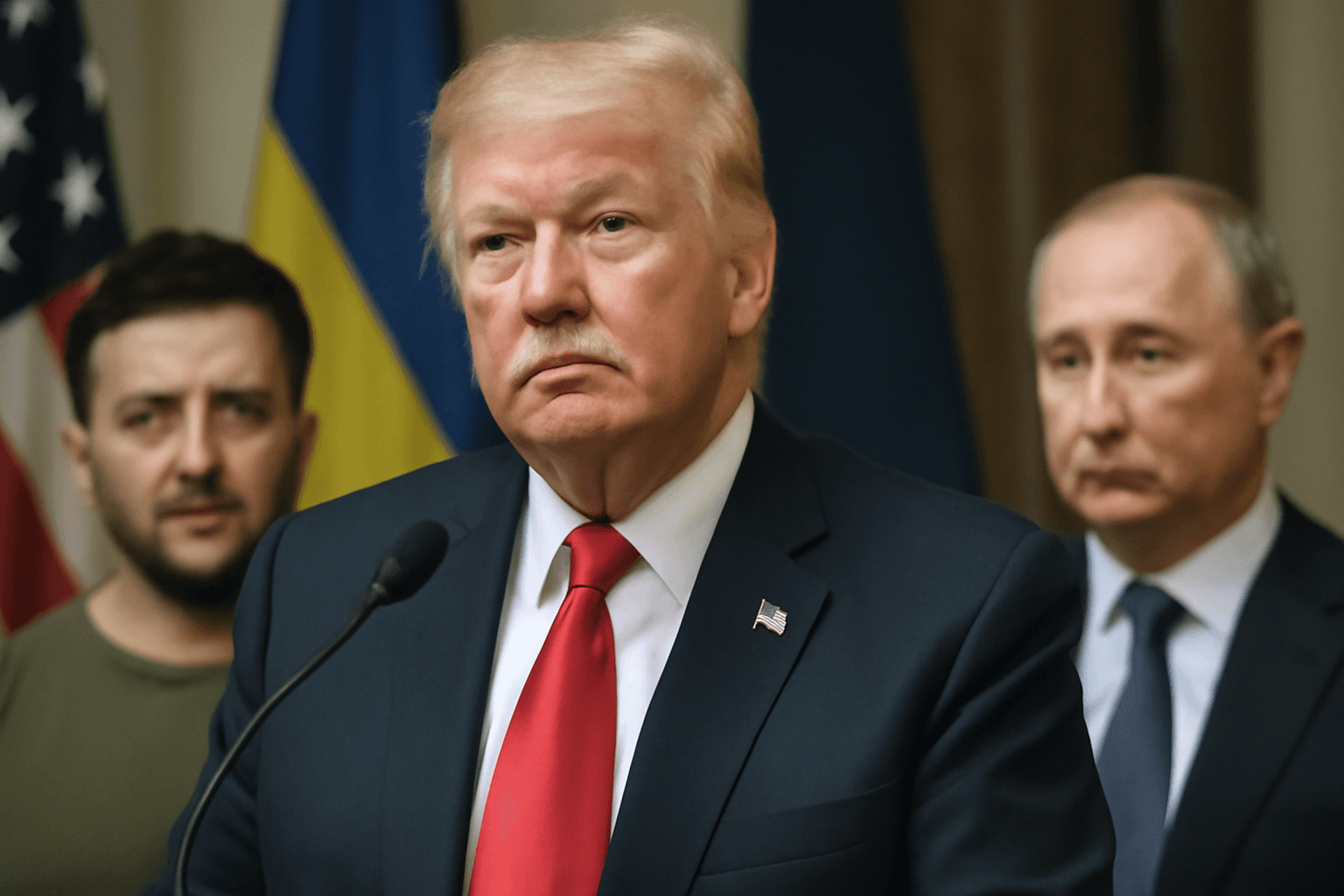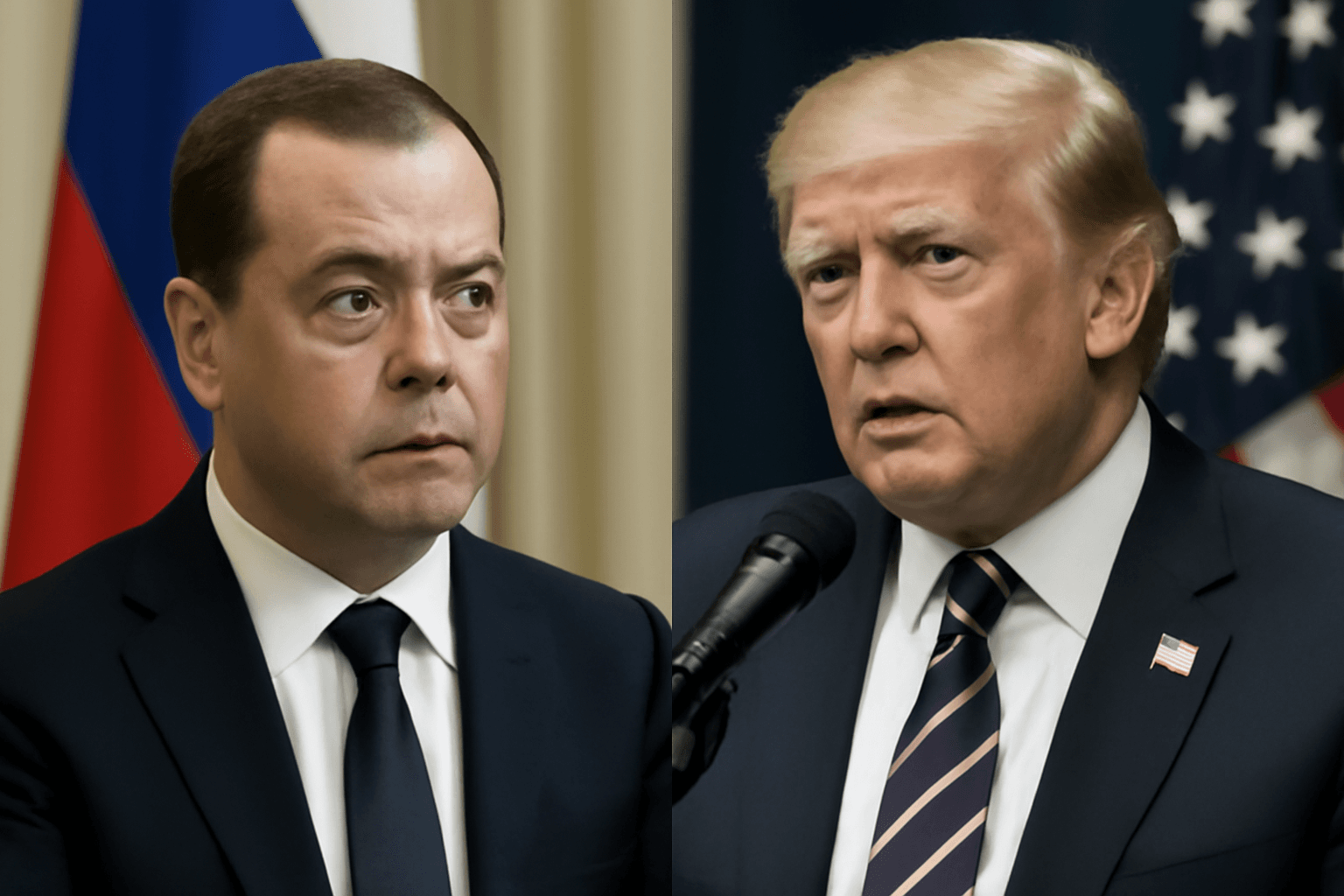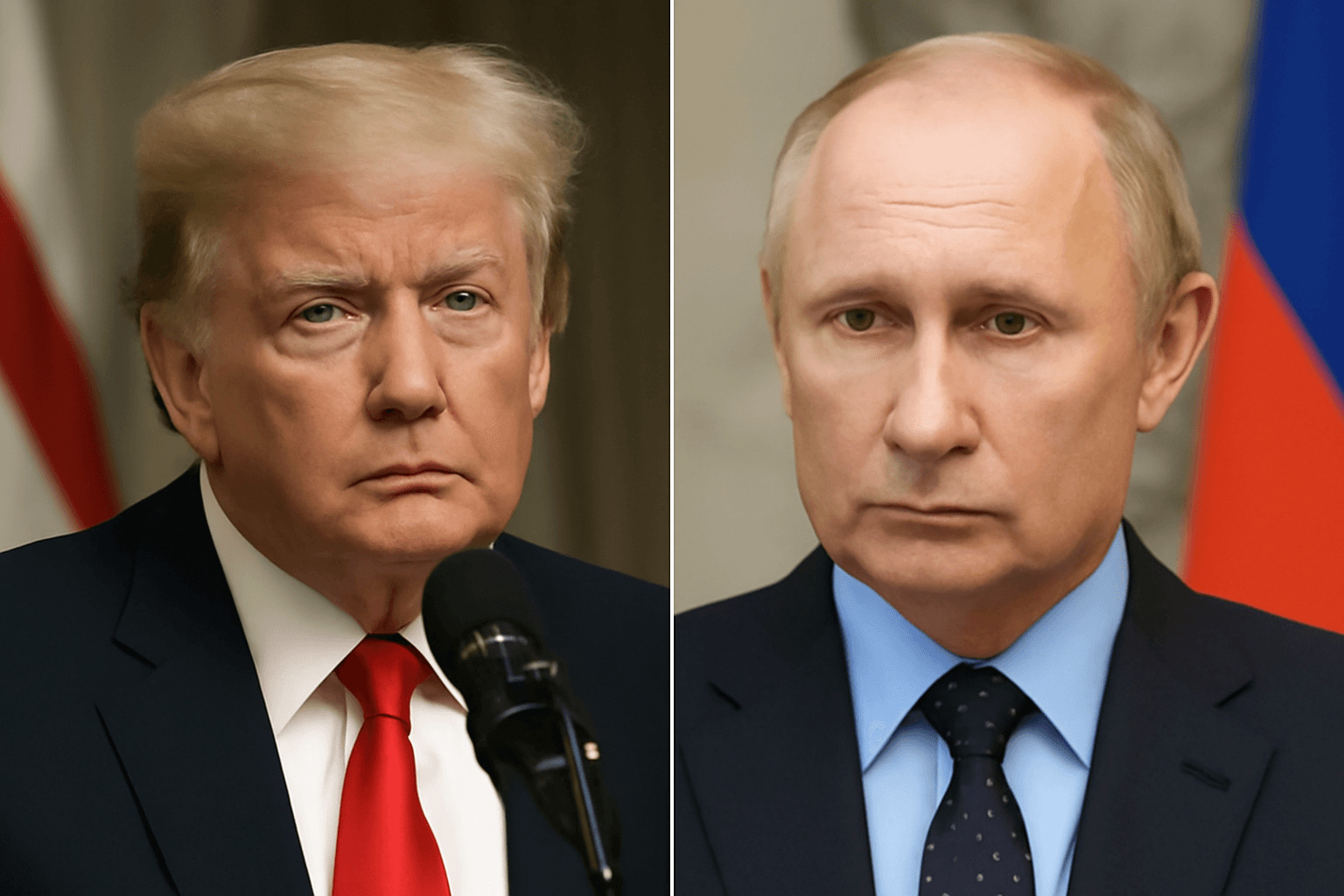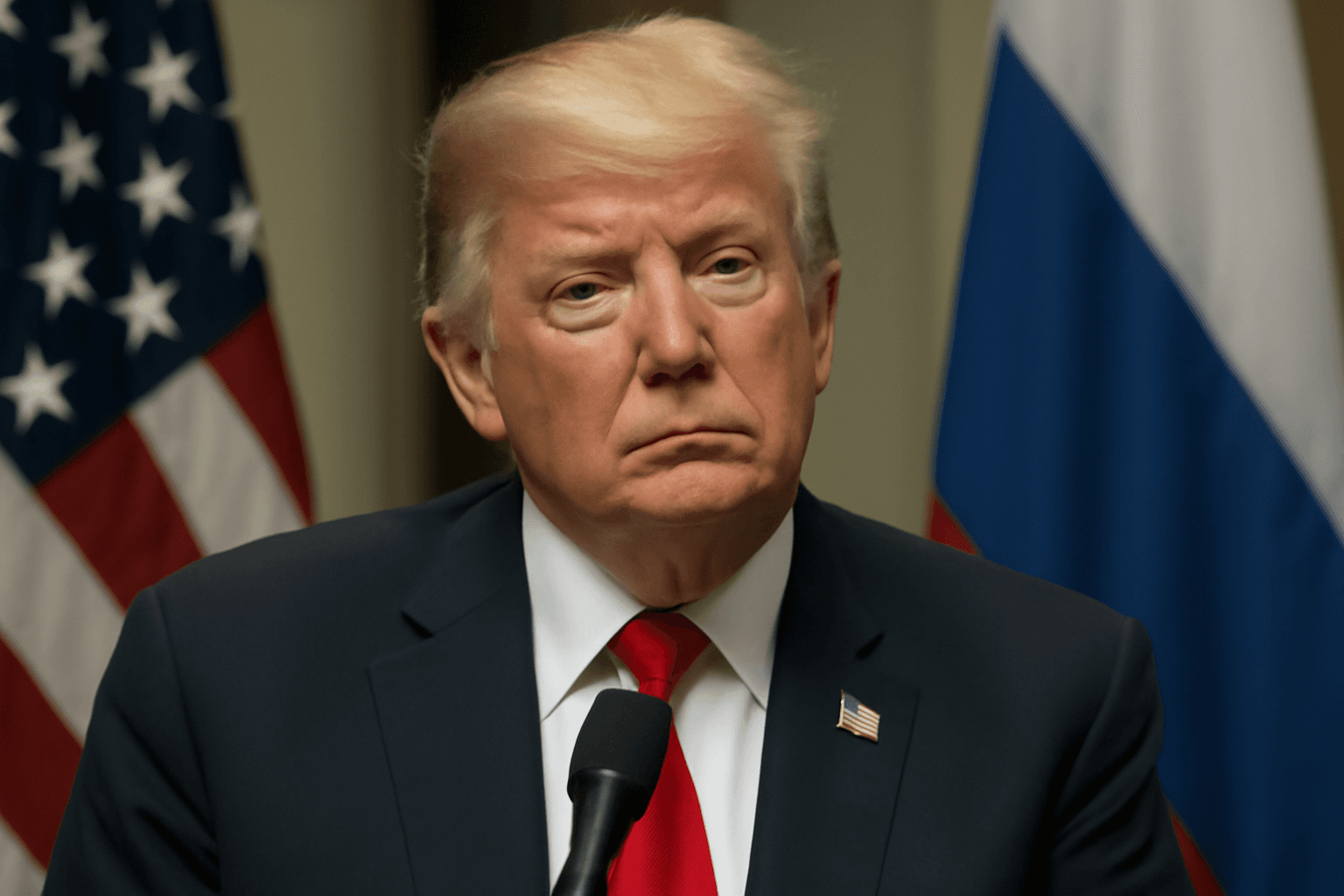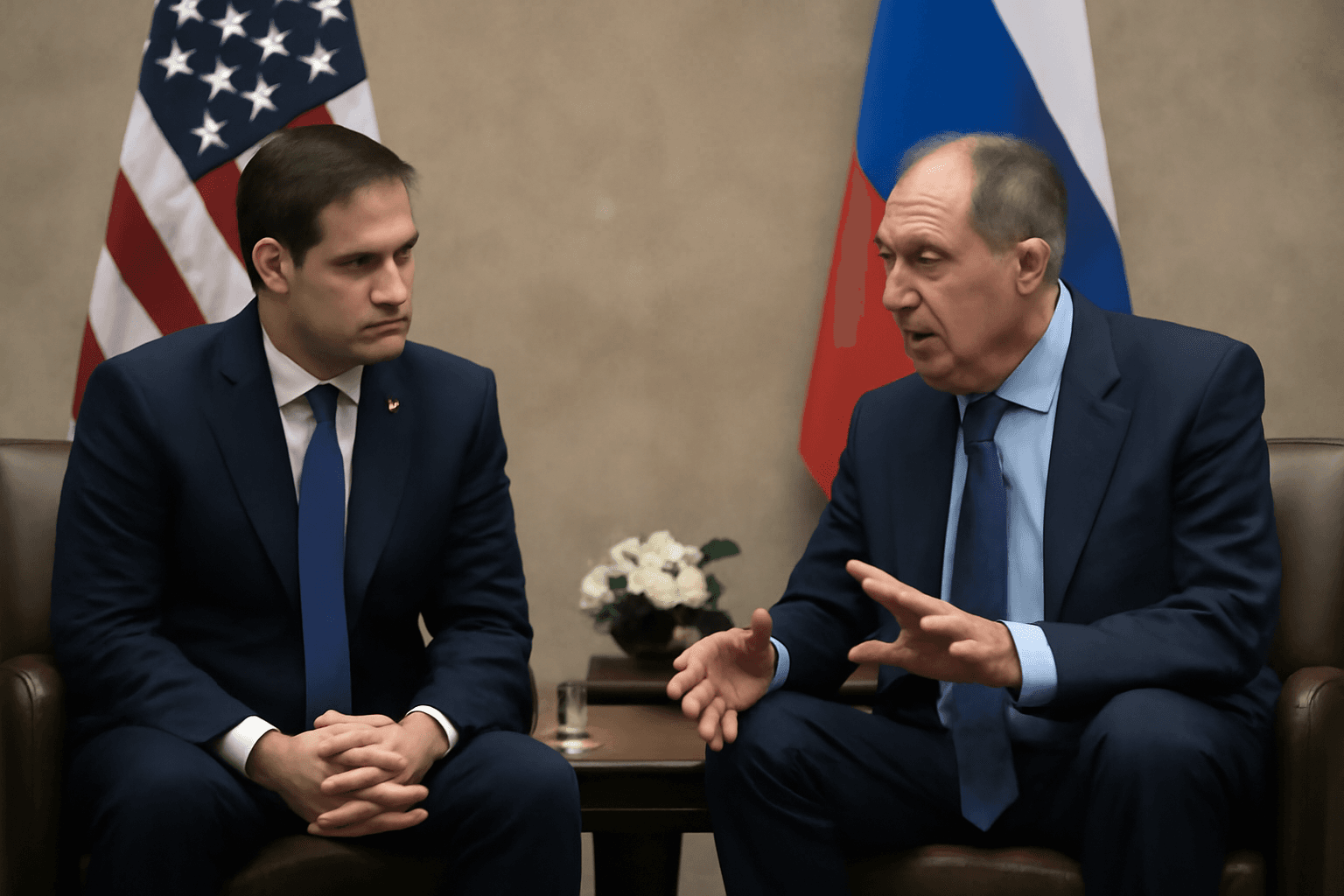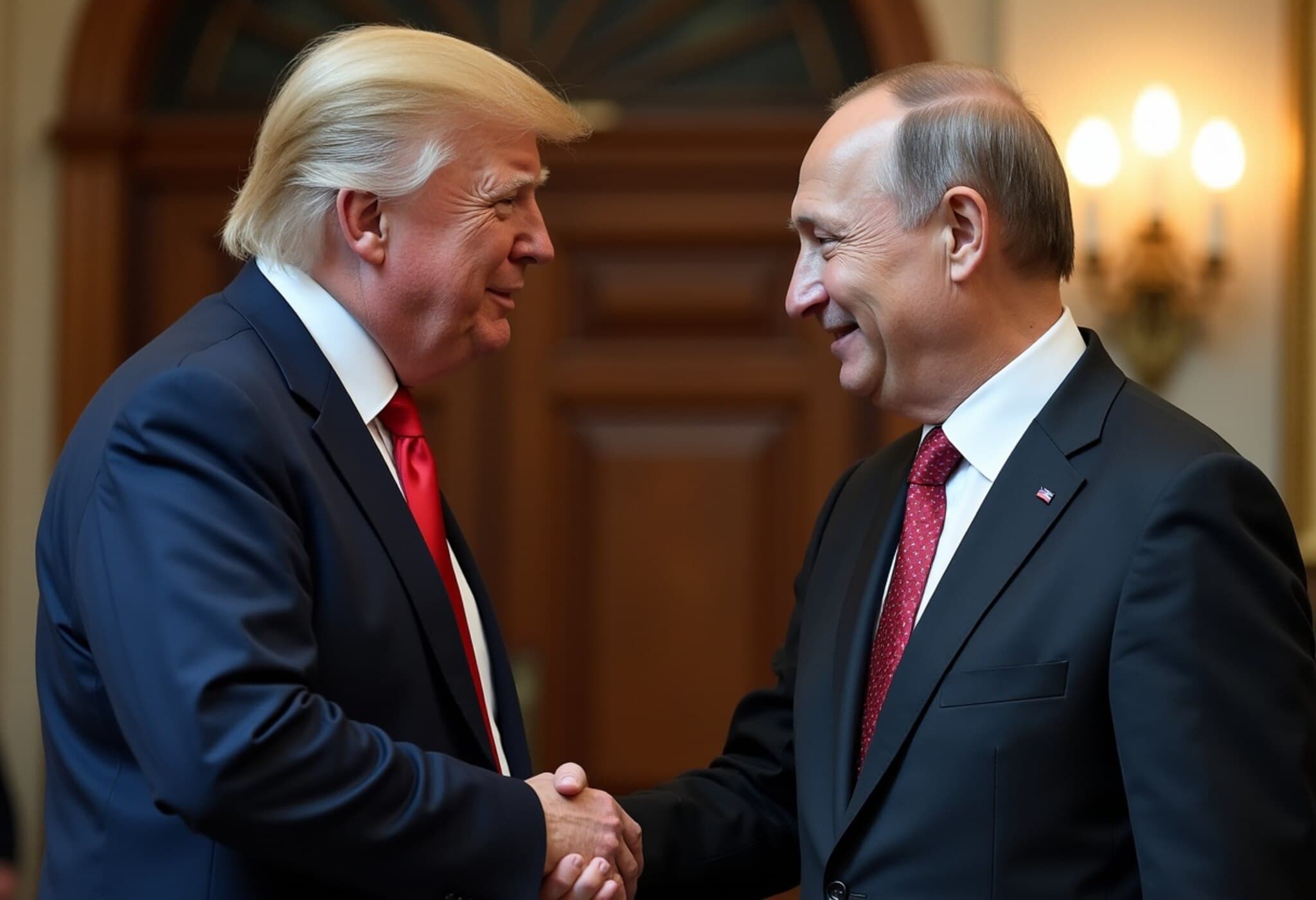Ukraine War: The High Stakes Behind the Ongoing Conflict
As the war in Ukraine stretches past three and a half years, international hopes for peace remain elusive. Presidents worldwide, including Donald Trump and Volodymyr Zelensky, voice their desire to end the bloodshed. Yet, Vladimir Putin appears indifferent to peace negotiations, treating the conflict as a cornerstone of his regime’s endurance. This fundamental divergence underscores the challenges in achieving a ceasefire or lasting resolution.
Repeating History: Sanctions as a Failed Strategy
Despite decades of escalating sanctions imposed alternately by Obama, Trump, and Biden administrations, Russia has shown resilience against economic pressure. The logic behind sanctions is straightforward:
- Economic strain destabilizes regimes by triggering popular unrest.
- Elite dissatisfaction leads to potential leadership shifts or policy changes.
However, in practice, sanctions often disproportionately hurt ordinary citizens rather than those in power. Russia’s elites maintain their wealth and influence, and state-controlled media channels the population’s frustration toward foreign adversaries instead of domestic rulers. In such an environment, sanctions inadvertently bolster nationalistic solidarity rather than incite regime change.
The Reality of Russian Elite Dynamics
Contrary to the hopes that economic hardship might spur a palace coup, Russia’s oligarchs have adjusted by relocating assets or intensifying competition among themselves rather than turning against Putin. Instead of destabilizing Russia, sanctions have deepened Russia’s economic self-reliance, fostering tighter ties with other sanctioned states like Iran.
Trump’s Approach: Negotiation Theater or Realpolitik?
Former President Donald Trump champions a more assertive approach; he claims that increasing tariffs and using his negotiation acumen will force Putin to cease hostilities. Yet, the strategy echoes the same playbook as prior administrations—with limited impact. Trump’s assumption that financial incentives drive Putin’s decisions misses the mark.
Putin values power—long-term geopolitical influence and dominance—far above personal wealth. Offering him the spotlight of a direct meeting, especially without Ukrainian involvement, might inadvertently strengthen his image domestically and abroad, validating his claims that the conflict is a direct confrontation between Russia and the U.S.
What Does Putin Really Want?
Putin’s peace terms historically include:
- Territorial concessions including regions beyond currently occupied areas.
- An end to Western military aid to Ukraine.
- A guarantee that Ukraine will never join NATO.
- The removal of Ukraine’s current leadership.
Zelensky and much of the international community reject these terms outright, making genuine negotiation difficult. Should Trump agree to such conditions unilaterally, it risks undermining Ukraine’s sovereignty and international norms.
The Strategic Weight of Ukraine’s Offense
Ukraine’s ability to undertake drone strikes and attacks deep within Russian territory provides its sole leverage in diplomacy. Russian cities, including Moscow, have increasingly become targets. Ceasefire proposals that limit Ukrainian offense capabilities, such as air truces or bans on attacks deep in enemy territory, could save lives but come at enormous strategic cost to Ukraine, potentially prolonging the war indefinitely.
Endless War or Decisive Defeat?
Putin has signaled that extended conflict suits his aims, referencing Peter the Great’s 21-year war with Sweden as a historical parallel. Without a credible threat of military defeat, he sees little incentive to compromise.
The harsh reality is that the only lever capable of forcing Putin toward peace is a meaningful military defeat. Yet the U.S. and NATO have so far chosen to avoid direct confrontation, adhering instead to economic sanctions and limited military support.
Human Cost and the Reality on the Ground
Documentaries like Ukrainian director Mstyslav Chernov’s 2000 Meters to Andriivka powerfully capture the war’s grinding toll—showing the endless struggle of soldiers fighting for inches of territory amid destruction and loss. The war’s human dimension is often lost in diplomatic maneuvering but remains the true tragedy behind geopolitical games.
Expert Commentary: Policy Implications for the U.S.
Given this backdrop, American policymakers face a complex dilemma. Persisting with sanction-heavy strategies risks prolonging conflict and suffering, while accelerating military support entails geopolitical risks of escalation with Russia. The U.S. must critically assess whether maintaining the status quo advances long-term peace or simply extends a painful stalemate.
Moreover, sidelining allies, notably the European Union, in peace talks undermines the cohesion essential to confronting Russia’s aggression effectively. Any path forward demands nuanced, multilateral diplomacy recognizing the limits of economic pressure and the realities of Russian power politics.
Conclusion: Navigating a Fraught Path to Peace
The Ukraine war defies simple solutions. Economic sanctions alone have failed to compel change, and political theatrics risk empowering the very adversary America seeks to contain. The path toward peace requires courage, realism, and an honest reckoning with Putin’s motivations and the profound human costs. Only by confronting these harsh truths can international actors hope to chart a course toward a just and lasting resolution.

